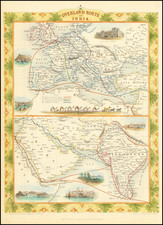Europa nach Ptolemaeos, engraved by H. Fischer and published in Leipzit in 1844 under the guidance of Albert Forbiger, presents a view of Europe as conceived by Claudius Ptolemy, the Greco-Roman geographer. The map, from the Handbuch der Alten Geographie, illustrates the ancient understanding of Europe's territories.
During the 19th century, academic exploration of classical knowledge was prominent, particularly in German scholarship. Within this realm, Claudius Ptolemy's geographical theories were of significant interest. His work, the Geographia, had set foundational standards for mapping and geography that persisted through the Middle Ages and the Renaissance. In presenting a Ptolemaic perspective, this map provides a window into the historical views of European geography.
The map's inclusion in the Handbuch der Alten Geographie underscores its academic importance. The handbook, a comprehensive study of its era, delved into ancient world geography with an emphasis on Greco-Roman contributions. As such, the map stands as an example of ancient geographical understanding, revealing insights about territorial delineations and perceptions prevalent in the classical world.
H. Fischer's engraving is representative of the precision that 19th-century German cartographers were known for. Rather than merely replicating, they critically engaged with ancient content, translating age-old representations into formats that their contemporary audience could appreciate and understand. This exercise not only showcased their cartographic skills but also facilitated an academic dialogue between the ancient and modern eras.
In summary, Europa nach Ptolemaeos serves as both an academic artifact and a representation of Europe through the eyes of an ancient civilization. It embodies the 19th century's dedication to revisiting and understanding foundational knowledge from antiquity.









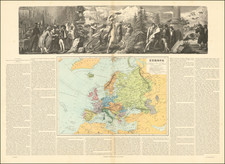
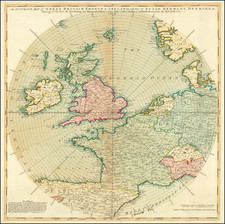
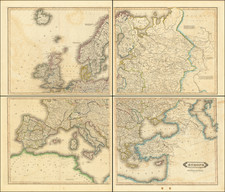
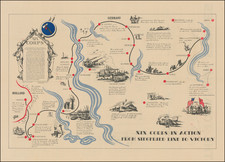
![[Course of the Rhine River] Corso del Reno Parte Septentrio [and] Corso del Reno Parte Meridionale . . . 1690](https://storage.googleapis.com/raremaps/img/small/73095.jpg)
